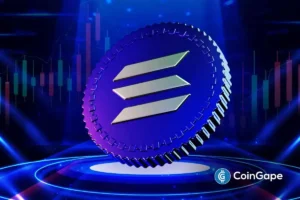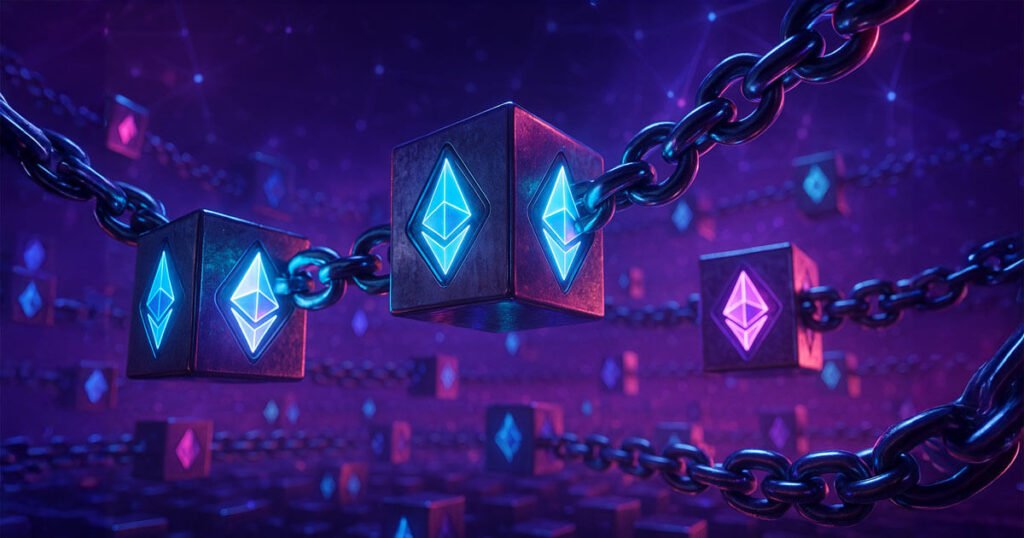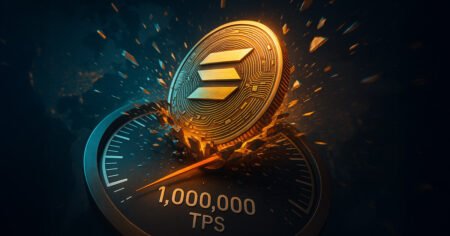Ethereum’s EIP-7782 Proposal: A Game-Changer for Transaction Speed and Efficiency
Ethereum’s core developers are on the brink of a transformative technical adjustment aimed at revolutionizing the speed at which the network processes transactions. One recent highlight is the proposal of Ethereum Improvement Proposal (EIP) 7782 by Barnabé Monnot, a key contributor to Ethereum’s development team. This proposal seeks to cut the block slot time in half, from 12 seconds to a mere 6 seconds. Monnot argues that shorter slot times will significantly enhance Ethereum’s ability to serve as a confirmation engine. This enhancement is crucial for decentralized applications (dApps) and rollups that rely on Ethereum’s Layer 1 for efficient settlement.
The Benefits of EIP-7782
The core improvement proposed in EIP-7782 not only aims to shorten confirmation times but also to create a conducive environment for cross-chain protocols. By slashing the block proposal slot time from 4 seconds to 3 seconds and significantly accelerating the attestation and aggregation processes from 4 seconds to just 1.5 seconds, the proposal promises multiple advantages. These improvements would lead to reduced trading costs on decentralized platforms, making them significantly more efficient. As Monnot mentioned, everyone within the ecosystem stands to benefit directly from these enhancements.
Glamsterdam: The Next Upgrade
Monnot has put forth the idea of incorporating EIP-7782 as a focal point in Ethereum’s forthcoming Glamsterdam upgrade. Alongside other restructuring proposals (EIPs 7732 and 7886), this initiative aims to highlight the value of shorter slot times while driving the conversation toward their practical implementation. The Glamsterdam upgrade is crucial for Ethereum as it also seeks to improve Layer 1 performance and user experience, essential factors in the platform’s long-term sustainability and growth.
Broad Support for the Proposal
Research partner Storm Slivkoff from Paradigm has expressed strong support for EIP-7782, suggesting that reducing latency could be one of the most significant upgrades to come from the Glamsterdam initiative. With transaction fees dropping below $0.10, the timing for such an upgrade couldn’t be better—focusing on enhancing block quality rather than simply increasing block sizes becomes paramount. As Ethereum continues to grow, these improvements could make it the preferred choice for developers and users alike.
Ethereum’s Ecosystem Amid Rising Activity
The call for faster transaction processing coincides with a surge in activity on the Ethereum network, driven mostly by increasing institutional adoption. Recent data from GrowThePie reveals that over 20 million active addresses interacted with Ethereum within a single week, resulting in record interactions. However, much of this activity has been taking place on layer-2 solutions like the Coinbase-backed Base, highlighting the need for Ethereum’s Layer 1 to become faster and more efficient in order to retain its competitive edge. If successful, the EIP-7782 proposal could significantly enhance Ethereum’s performance exactly where speed and usability matter most.
The Road Ahead
As Ethereum developers rally around the EIP-7782 proposal, they remain focused on the implications of these potential changes. With user experience and operational efficiency at the forefront of their efforts, this proposal could serve as a catalyst for Ethereum’s ongoing evolution. By creating a more responsive network, Ethereum not only caters to current demands but also positions itself strongly for the future as a leading platform for decentralized applications. If implemented, EIP-7782 could pave the way for a new era of speed and efficiency in the Ethereum ecosystem, reinforcing its status as a vital player in the blockchain space.
In summary, Ethereum’s EIP-7782 proposal represents a significant step forward in the quest for faster transaction speeds and greater efficiency. By advocating for shorter slot times and refining the core operations of the blockchain, this initiative strives to enhance user experience and maintain Ethereum’s competitive edge in the rapidly evolving world of decentralized applications.

















